Creaming butter and sugar is easy to do and a key step in many recipes. And there's a good chance that you're doing it wrong! This guide includes a visual comparison and step-by-step instructions showing you exactly how to cream butter and sugar properly every time. Better baked goods, here we come!
Confession: I did not know how to properly cream butter and sugar for longer than I'd like to admit. I did it incorrectly for years. Creaming butter and sugar means more than just mixing the two ingredients together, as I once thought, and doing it properly will have a big impact on the outcome of your baked goods.
For light and fluffy cakes, cookies, muffins, and more, keep reading to learn how to cream butter and sugar the right way.
Jump to:
What does 'cream butter' mean?
First of all, "cream" is not a synomym for "mix".
As I mentioned above, creaming butter and sugar together means more than just mixing the two ingredients until they're blended. Hint: if you're mixing the butter and sugar together for two minutes or less, you're doing it wrong.
To 'cream butter' means to beat softened temperature butter with sugar for several minutes at high speed in order to aerate the butter.
As the two ingredients are beaten together, the sugar granulates scrape against the butter, creating tiny holes and air pockets within the butter that will ultimately help your baked good to rise when baked. This is called "mechanical leavening", and our baked goods are counting on it - in addition to chemical leaveners like baking soda and baking powder - for rise.
Proper rise when baking leads to proper texture in our baked goods, so you can see why creaming butter and sugar together correctly is so important!
What does creamed butter look like?
Your eyes will be your best tool for determining when your butter and sugar are creamed.
Properly creamed butter will be light and fluffy and will have become a bit paler (but not white) in color. If your butter is still clumpy, visibly grainy, and the same shade of yellow as when you began, keep going.

See the difference?
Now let's talk about what you'll need and how to achieve perfectly creamed butter.
Ingredient Notes & Substitutions

Butter - The type of butter you're using doesn't make a difference here. Salted, unsalted, American, European... it all works! Just be sure the butter is softened before you begin. Softened butter should not be squishy or at all melted. It should still feel slightly cool and pressing gently on the butter should leave just a small indent.
Sugar - You can use white sugar, brown sugar, or a combination of both, so just follow the recipe you're using.
Note that I used one cup of butter and one cup of sugar here, but these ingredient measurements are just for explanation. Butter and sugar can be creamed using different ratios of sugar to butter, so use the ingredient measurements noted in your recipe.
Special Equipment
In addition to a rubber spatula, you'll need a stand mixer with a paddle attachment or an electric hand mixer and a large mixing bowl. I find it a little bit easier to cream butter using a stand mixer, but it can absolutely be done using a hand mixer as well.
Step-By-Step Instructions
Step 1: Add softened butter to the bowl of a stand mixer or a large mixing bowl and beat on medium-high speed until smooth and creamy, about 30 to 60 seconds.

Step 2a: Add the sugar to the bowl and beat with the butter on medium-high speed. After a minute or two, the mixture will be smooth but still yellow, thick, and grainy.

Step 2b: Continue beating until the mixture is light and fluffy and becomes a bit paler in color, another 1 to 3 minutes (for a total of about 3 to 5 minutes).
After creaming the butter and sugar together, proceed with the rest of the recipe as instructed.
Tips & Tricks
If you forget to take your butter out of the fridge to soften ahead of time, this article includes tips for softening butter quickly.
While creaming the butter and sugar, pause once or twice to scrape the bowl and beaters with the spatula.
If you're using an electric hand mixer rather than a stand mixer, I find it best to mix the butter really well by itself until it's nice and smooth before adding the sugar. If the butter is still firm or lumpy, it tends to "jump" around the bowl when I try to mix it. Once the butter is smooth it becomes much easier to keep the beaters in it and cream the sugar into it.
FAQs
While I suppose it is technically possible to cream butter and sugar by hand using a whisk, wooden spoon, or fork, I can't imagine any human has the upper body strength necessary to actually cream the butter fully. This would take some serious arm strength; I can say with confidence that I would not be able to do this myself. That's why I highly recommend using a stand mixer or a handheld electric mixer for this task.
No. If your recipe calls for butter to be creamed with sugar, then the structure of your baked good relies on the texture that room temperature butter whipped with sugar and air will provide. Substituting melted butter will alter the texture of your baked good. Many recipes do call for melted butter, but it is not a good idea to use melted butter in a recipe that calls for creamed butter.
Yes, it is possible to over mix butter and sugar when creaming them together. If you continue to mix after the butter and sugar become light and fluffy, eventually the butter will separate and the mixture will become batter-like in consistency and greasy.
More Baking Tips
Love this baking tutorial? Please leave a star rating and check out these other great baking tips linked above! And don't forget to subscribe to Always Eat Dessert for even more baking tips and simple dessert recipes.
Recipe
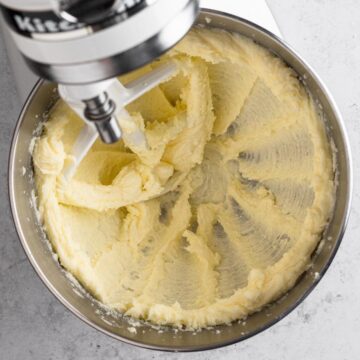
How to Cream Butter and Sugar
Special Equipment
- Stand mixer with paddle attachment or electric hand mixer
Ingredients
- 1 cup unsalted butter, softened
- 1 cup granulated white and/or brown sugar
Instructions
- Add softened butter to the bowl of a stand mixer or a large mixing bowl and beat on medium-high speed until smooth and creamy, about 30 to 60 seconds. Use a rubber spatula to scrape the butter off the sides and bottom of the bowl and the beaters.
- Add the sugar to the bowl and beat with the butter on medium-high speed until the mixture is light and fluffy and becomes a bit paler (but not white) in color, about 3 to 5 minutes. Pause to scrape the bowl and beaters with the spatula halfway through mixing.
- After creaming the butter and sugar together, proceed with the rest of the recipe as instructed.


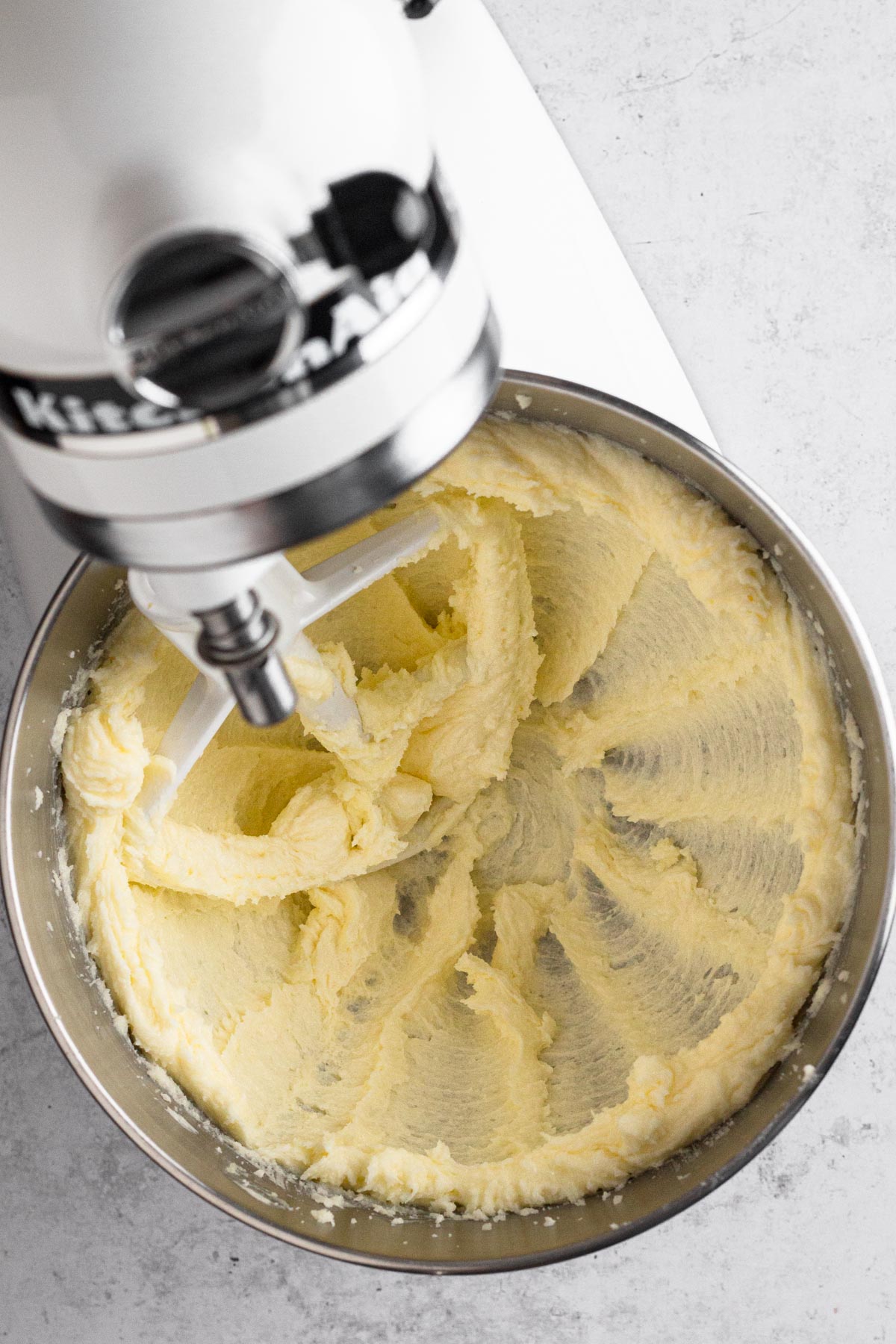
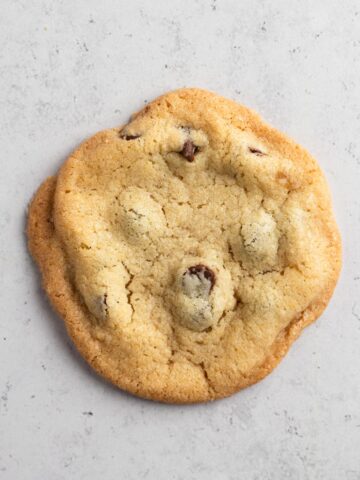
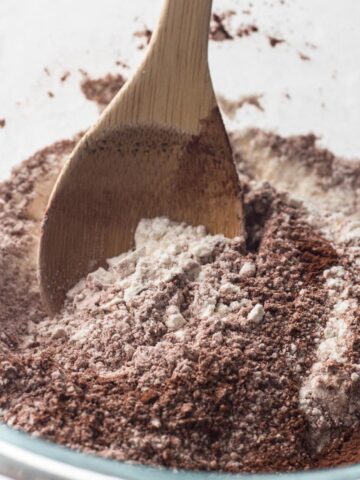
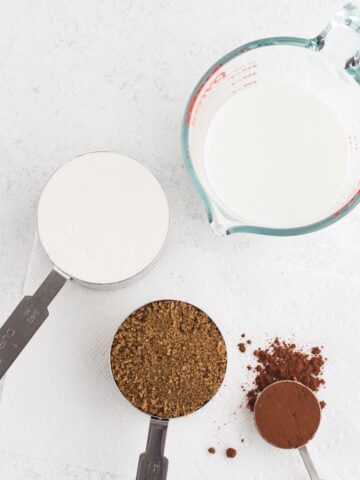
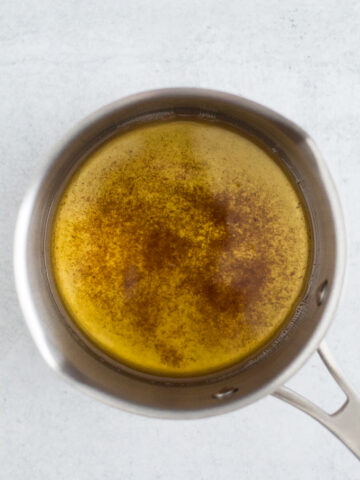
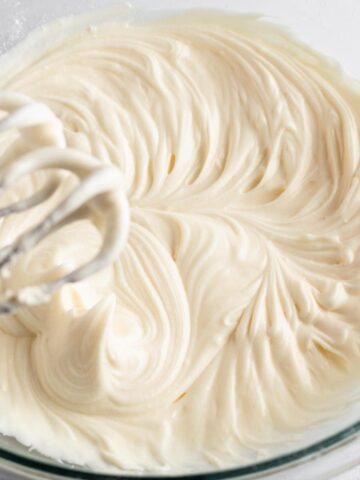
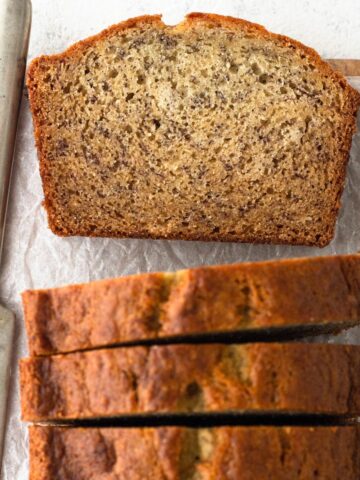
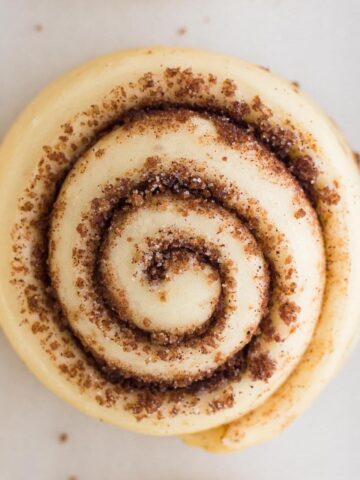

Emily Simon
Every single time I need to cream butter and sugar, I come here! And then I usually go to the linked page for how to get ingredients to room temperature because I realize I have to do that too 😂 Love these clear, easy instructions!
Allison Ferraro
Emily your comment absolutely made my day! This is exactly why I created this website: to be a resources for other homebakers just like me who want to feel confident baking in their own kitchen. Your support means the world, and thank you for your kind words!
- Allison
Susan
I don't care about the texture of my banana nut bread, Can someone just tell us HOW the texture is different if we use melted butter instead of creaming? E.g., Is quick bread softer or firmer? Or what is actual result?
Allison
Hi Susan! Using melted butter or creaming softened butter will impact the texture of a quick bread because of the way the ingredients are mixed. Stirring melted butter with the other ingredients will create a quick bread with moist and tender crumb. I use melted butter in both my banana bread and my cranberry walnut bread recipes. Creaming softened butter with sugar when making quick bread incorporates lots of tiny air pockets into the batter, which will produce more rise and a lighter crumb. If you have a preferred method (melted butter vs. creaming butter), I recommend finding a recipe that uses your preferred method rather than altering a recipe, since each method has a big impact on the recipe and will change the recipe's intended outcome. I hope this helps!
- Allison
Vicki
Once sugar and margarine separate after sitting out for about an hour ( I got busy with my 4 month old grandson) is there anyway to add cornstarch or something to bring it back to a creamy consistency before adding the dry ingredients for banana bread?
Allison Ferraro
Hi Vicki!I don't have much experience with margarine, but I understand that it can sometimes separate at room temperature. I don't recommend adding additional thickener that could impact the outcome of your recipe and would instead suggest trying to re-blend the separated margarine and sugar with their a whisk or an electric hand mixer before re-chilling the mixture to firm it back up, and then bringing it back to room temperature, creaming it once again, and then proceeding with the recipe. If you are not able to re-blend the mixture or if it doesn't have the proper consistency after you attempt to re-cream the mixture, I would unfortunately suggest starting over with new margarine and sugar so that you don't waste the other recipe ingredients. Happy baking!
- Allison